Optimal Timing for Bat Removals
Determining the optimal time for bat removals is essential for effective and humane exclusion. The most suitable periods are typically during late summer to early fall when bats are less active in roosting and migration is underway. Removing bats during their active breeding season or migration can cause undue stress and increase the likelihood of bats returning or seeking alternative entry points.
Bats are most active at dusk and dawn. Their breeding season generally peaks in late spring and early summer, making late summer the best window for removals.
Many bat species migrate during late summer to early fall. Timing removals outside of migration periods prevents disruption and reduces the risk of bats relocating to unintended areas.
Warmer, dry weather during late summer facilitates safer and more effective removal processes, minimizing stress on the bats.
Removals should be scheduled when bats are less likely to be disturbed, typically outside of their breeding and hibernation periods, to ensure compliance with regulations and safety.
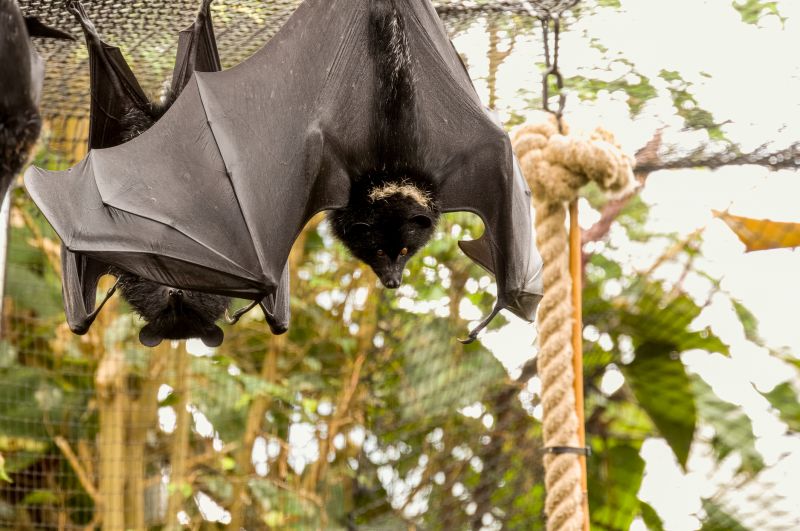
Proper timing ensures minimal disruption and effective exclusion strategies.
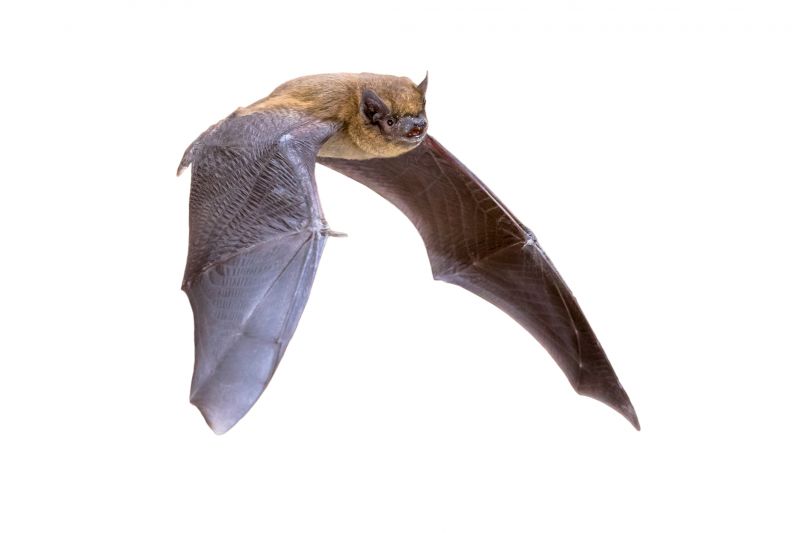
Identifying active roosts is crucial for planning removals during optimal times.

Understanding migration helps in scheduling removals without affecting bat populations.
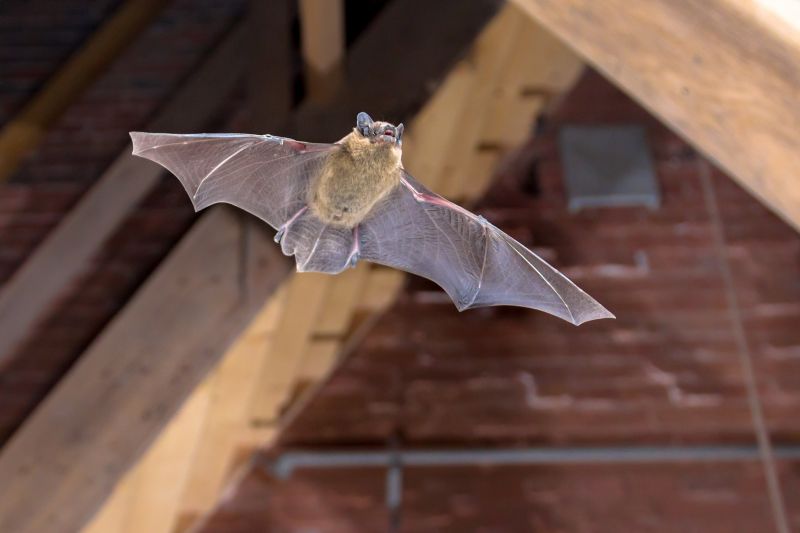
Ways to make Bat Removals work in tight or awkward layouts.
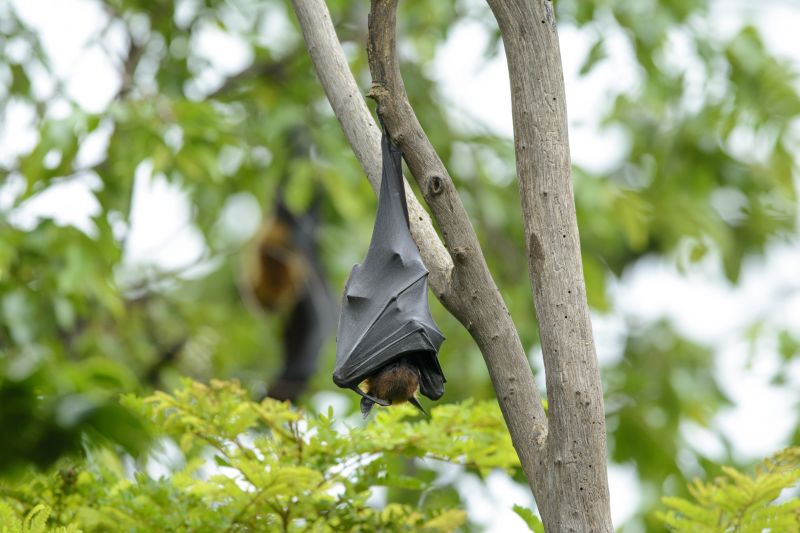
Popular materials for Bat Removals and why they hold up over time.
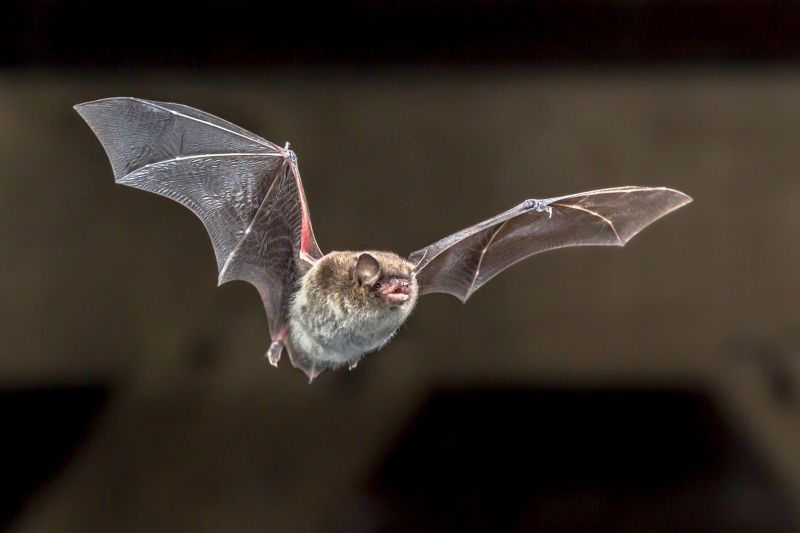
Simple add-ons that improve Bat Removals without blowing the budget.
| Aspect | Optimal Timing |
|---|---|
| Breeding Season | Late summer to early fall |
| Migration Periods | Late summer |
| Hibernation | Late fall to early spring |
| Active Roosting | Late summer |
| Weather Conditions | Warm and dry periods |
| Regulatory Considerations | Outside breeding and hibernation |
Bat removals require careful timing to ensure humane treatment and compliance with regulations. Conducting removals during periods of low activity minimizes stress for bats and reduces the risk of them establishing new roosts nearby. Properly timed interventions also improve the effectiveness of exclusion methods and prevent future infestations.

Effective during optimal removal periods to prevent re-entry.
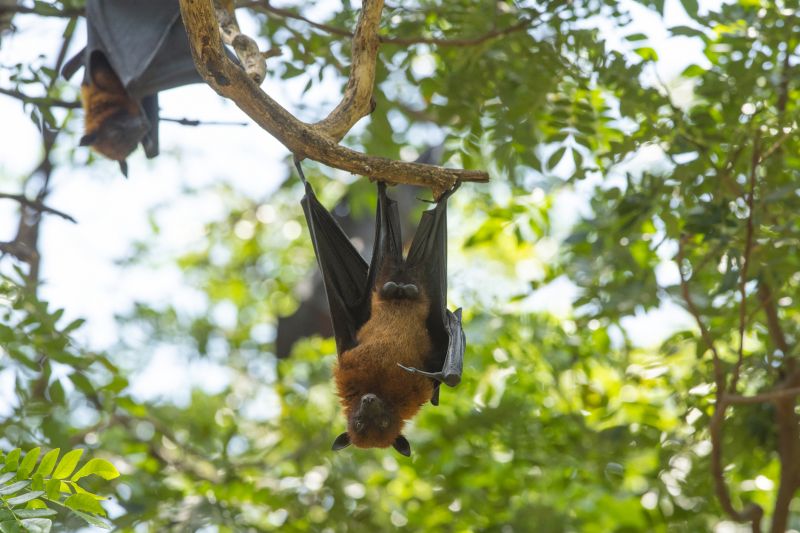
Timing inspections during low activity periods ensures accurate identification.

Monitoring after removal confirms successful exclusion.
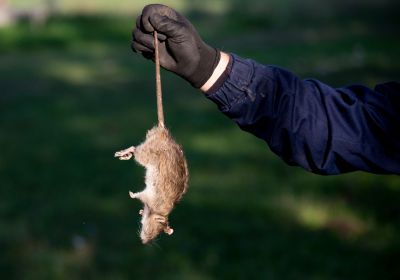
Proper timing and methods ensure humane treatment during removals.

High-end options that actually feel worth it for Bat Removals.

Finishes and colors that play nicely with Bat Removals.

Little measurements that prevent headaches on Bat Removals day.
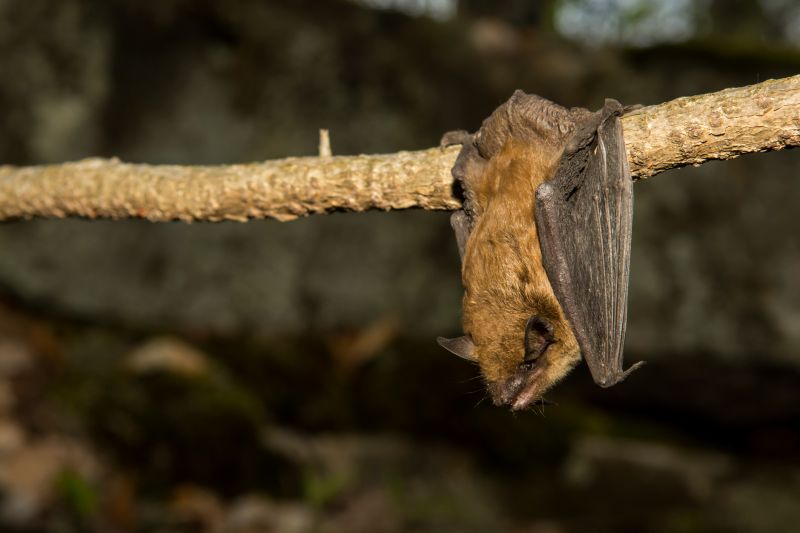
A 60-second routine that keeps Bat Removals looking new.
Understanding the seasonal behaviors of bats enhances the success of removal efforts. Timing is crucial to avoid conflicts with their natural life cycle and to ensure compliance with wildlife regulations. Consulting with wildlife professionals can aid in selecting the most appropriate window for bat exclusion activities.
Interested in scheduling a bat removal? Fill out the contact form to receive professional assistance.
